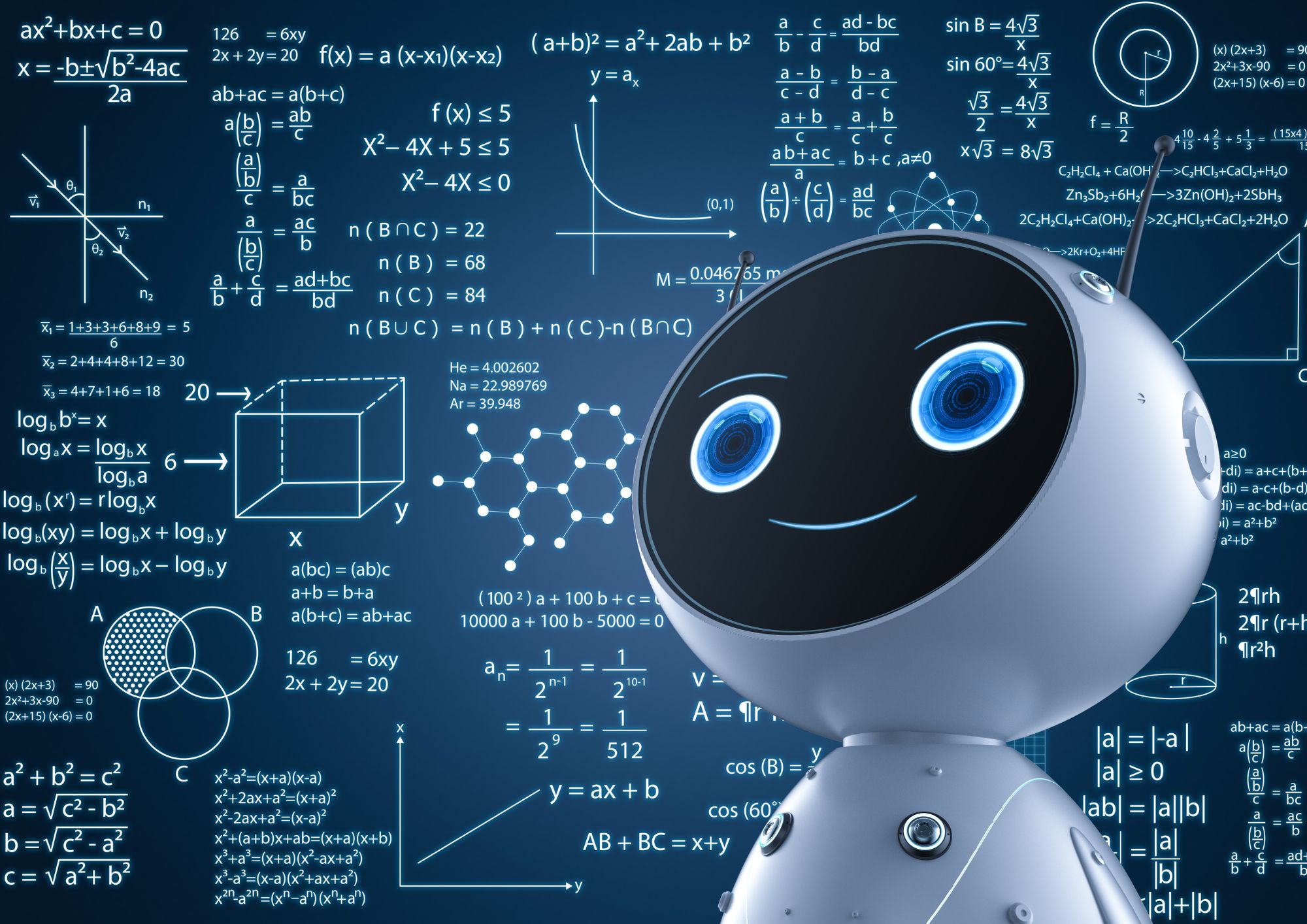Machine learning (ML) is a subset of artificial intelligence that has rapidly evolved in recent years, becoming a game-changer across various industries.
By leveraging algorithms and data to identify patterns and make decisions without human intervention, machine learning applications are transforming healthcare, finance, marketing, and robotics.
In this in-depth article, we’ll explore these industries and discuss real-world examples, facts, and figures that demonstrate the power and potential of machine learning.
Machine Learning in Healthcare
Healthcare is a prime example of an industry that has significantly benefited from machine learning applications.
ML algorithms have the potential to revolutionize the way medical professionals diagnose, treat, and monitor patients. Some key applications include:
Disease Diagnosis and Prediction:
Machine learning algorithms can analyze large volumes of medical data, such as electronic health records and medical imaging, to identify patterns that indicate the presence of a specific disease.
For example, ML-based systems like Google’s DeepMind can detect early signs of diabetic retinopathy and age-related macular degeneration from retinal scans with 94% accuracy.
Drug Discovery:
ML algorithms can drastically reduce the time and cost associated with drug discovery by identifying potential drug candidates and predicting their efficacy.
In 2020, a team of researchers at MIT successfully used a machine learning model to identify a new antibiotic compound, halicin, which has shown promise in fighting drug-resistant bacteria.
Financial Applications of Machine Learning
Machine learning is transforming the finance industry, enabling companies to make better-informed decisions and provide personalized services. Some key applications include:
Fraud Detection:
ML algorithms can analyze large datasets of financial transactions to identify patterns indicative of fraudulent activities.
For example, PayPal uses machine learning to detect and prevent fraud with an impressive 99.95% accuracy rate, saving the company millions of dollars each year.
Algorithmic Trading:
Machine learning models can analyze vast amounts of historical data to identify trading patterns and predict future market movements.
Hedge funds and investment firms use these insights to inform their trading strategies, often leading to significant returns.
Renaissance Technologies, a pioneer in algorithmic trading, has achieved an annualized return of over 66% since 1988 using machine learning models.
Marketing with Machine Learning
Machine learning has also found its way into marketing, enabling companies to create more effective campaigns and deliver personalized experiences to customers. Some key applications include:
Customer Segmentation:
ML algorithms can analyze customer data to identify patterns and group customers with similar characteristics.
This enables companies to tailor their marketing messages and offers to specific segments, resulting in higher engagement and conversion rates.
Sentiment Analysis:
Machine learning models can analyze large volumes of social media data and determine the sentiment behind customer comments, helping marketers understand how their brand is perceived and identify areas for improvement.
Robotics and Machine Learning
The combination of robotics and machine learning is driving the development of advanced, autonomous systems that can learn from their environment and adapt their behavior accordingly.
Some key applications include:
Autonomous Vehicles:
Self-driving cars rely on machine learning algorithms to process sensor data and make decisions in real-time. Companies like Tesla, Waymo, and Cruise are leveraging ML to develop advanced driver-assistance systems and fully autonomous vehicles, which have the potential to drastically reduce accidents and improve traffic efficiency.
Robot Manipulation:
Machine learning algorithms can enable robots to learn how to manipulate objects in their environment more effectively.
For example, OpenAI’s robotic hand, Dactyl, used reinforcement learning to teach itself how to manipulate and rotate a Rubik’s cube. This technology has potential applications in manufacturing, logistics, and even household chores.
Real-World Machine Learning Examples
To further illustrate the power and potential of machine learning applications, let’s look at some real-world examples that have made a significant impact:
IBM Watson Oncology:
IBM’s Watson Oncology system uses machine learning to analyze medical literature and patient data to provide evidence-based treatment recommendations for cancer patients.
The system has been adopted by multiple hospitals worldwide and has demonstrated an accuracy rate of 93% when compared to recommendations made by human oncologists.
Netflix’s Recommendation Engine:
Netflix uses machine learning algorithms to analyze user behavior and preferences to provide personalized movie and TV show recommendations.
This ML-driven approach has proven highly effective, with approximately 80% of Netflix’s content views originating from its recommendation engine.
Machine learning applications are reshaping the world as we know it, revolutionizing industries such as healthcare, finance, marketing, and robotics.
By harnessing the power of algorithms and data, these cutting-edge technologies are making our lives better, safer, and more efficient. As machine learning continues to advance, its potential applications and impact will only grow.
Stay tuned for more exciting developments in the world of AI and machine learning!
Thank you for reading our blog, we hope you found the information provided helpful and informative. We invite you to follow and share this blog with your colleagues and friends if you found it useful.
Share your thoughts and ideas in the comments below. To get in touch with us, please send an email to dataspaceconsulting@gmail.com or contactus@dataspacein.com.
You can also visit our website – DataspaceAI



